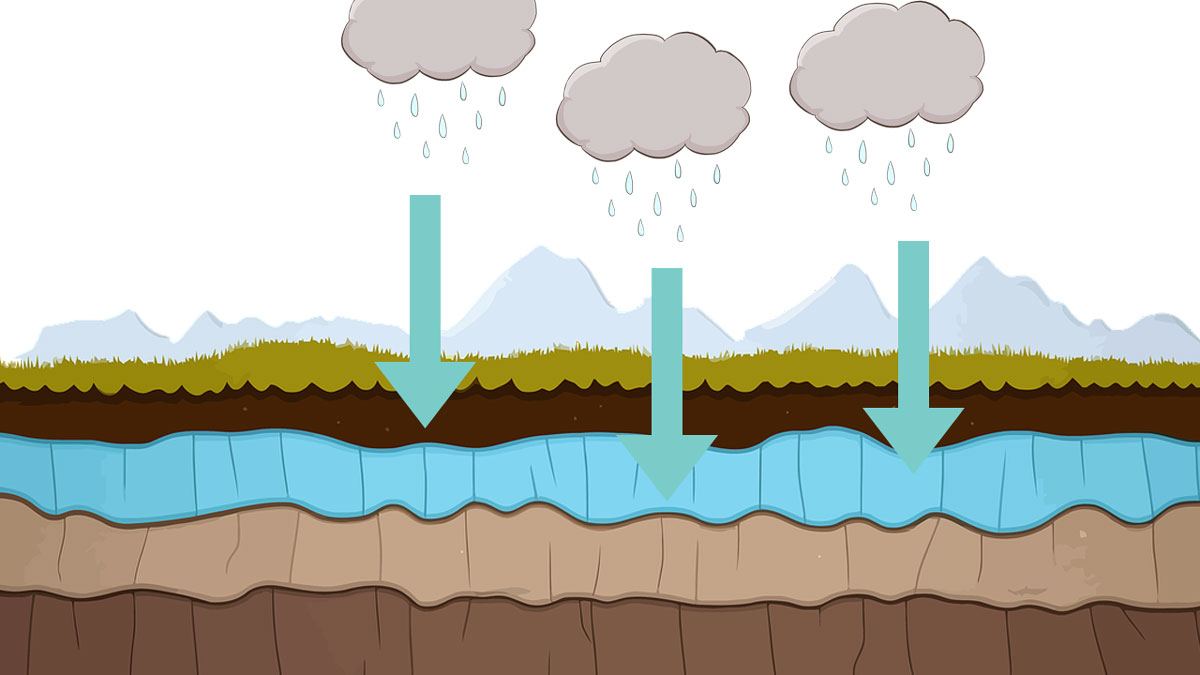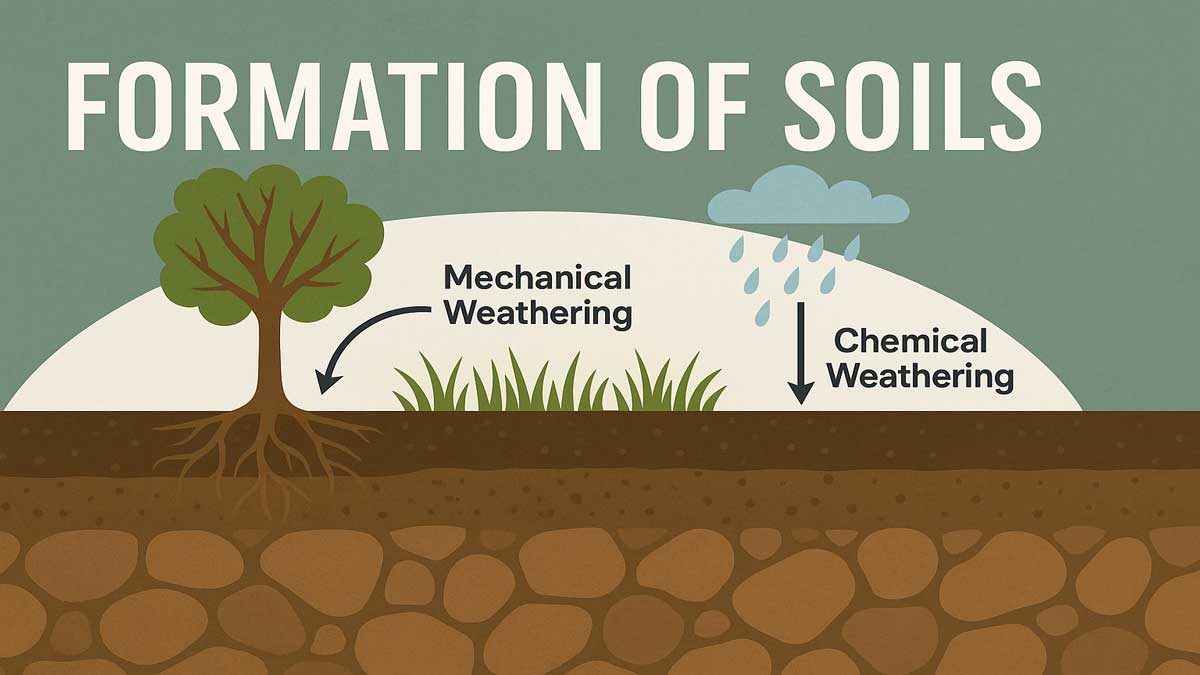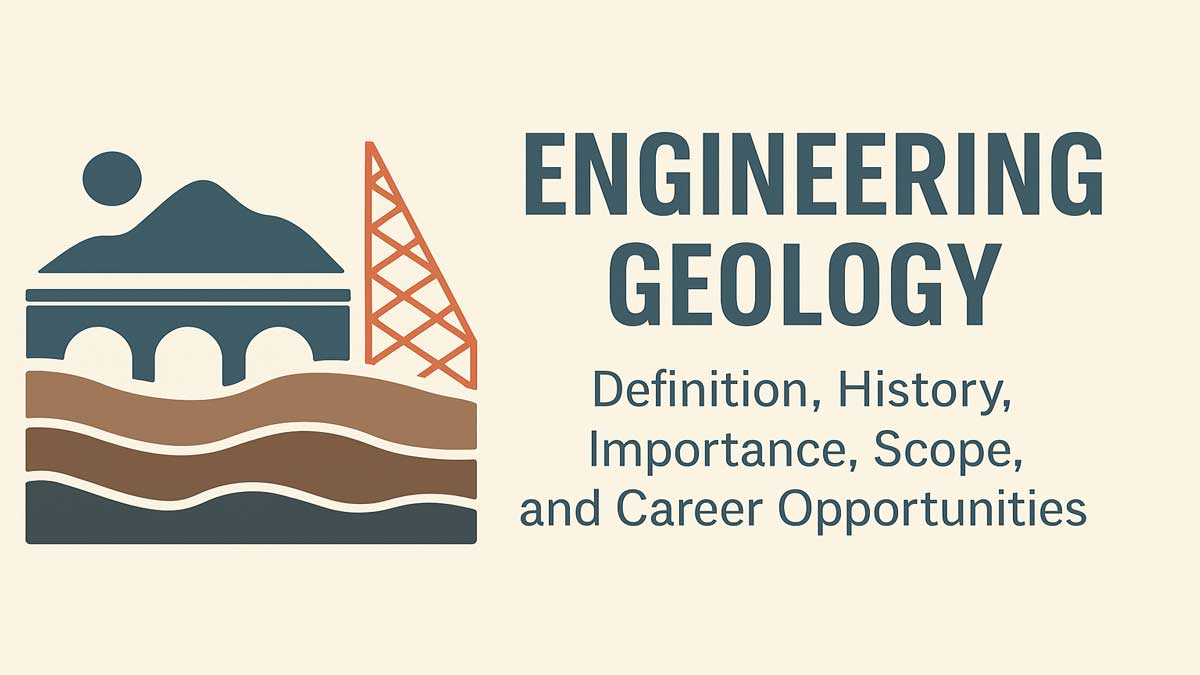Without an objective, no work can be accomplished. Like when a structural geologist works, he also has some objectives. Those are:
- What is structure?
- When did it develop?
- Under what physical conditions did it form?
Let’s talk about the objectives.
What is structure?
Structures mean features of rocks.
In geology, structure refers to any feature formed in rock weather at rock formation or later after due to any movement.
So, do the structural geologists look at the features only?
Yes, they work with the features of rock bodies and the size and shape of the features. Studying a structure is essential to determine its size and shape.
Let’s go through the scales of the structures.
Scale of structure
Suppose we are structural geologists, and we have to work on structures.
So, are they great flat laying tabular masses covering scores of square miles?
Or, are they tabular masses that have been thrown into folds with a wavelength of several miles and an amplitude of thousands of feet?
Or, are they great cylindrical bodies thousands of feet in diameter?
That means the 1st thing we need to determine is the structures’ size, and to define it, three size terms are used.
Microscopic– The structures are so small(<10-2m) they need magnification to observe. That’s why this type of structure is observed under the microscope. (Foliation, Micro folds)
Mesoscopic– Mesoscopic structures can be studied without a microscope in hand specimen and outcrops, as they are within our vision(10^(-2) to 10^2 m). (foliation, folds, faults)
Macroscopic – They are too large(10^2m)
That it’s beyond our vision in a mountainside or maps. (Basin, Domes, Metamorphic core complex)
Microscopic & Mesoscopic structures are considered small-scale structures and easy to identify and describe. For large-scale structures, aerial photographs and topographic maps are beneficial for working on those structures. But, for studying structures, Geological fieldwork is a must.
When did it develop?
Structural geologists need to determine the sequence of the features’ formation. They need to figure out the chronology features and fit them in geological history.
They can determine the age of strata by radiogenic dating method or carbon dating and correlate it with the chronology of features formation.
This picture shows a bedding plane and some structures developed there. There we can see a fold, a fault, and a dyke. Here the fold is the oldest structure formed in this rock, then the dyke, and lastly, the fault line.
Under what physical condition did it form?
If we talk about the application of structural geology, this objective mainly focuses on that. A rock can form in a general process without any special features.
But if any special structure forms, the rock must have gone through some particular physical condition. Stress may form the simple stratified rocks into a fold. Or, it is possibly the strain that created a fault plane.
Even temperature and pressure play a significant role in forming structures.
Knowing the deformation history of rock is an indispensable part of structural geology. To study a rock, we need to understand under which physical condition it was formed and how the structures were made. Small models are being demonstrated and examined how stress, strain, temperature, and pressure worked. The results can explain how the past Earth formed into today’s Earth and how today’s Earth will be formed into future Earth.






